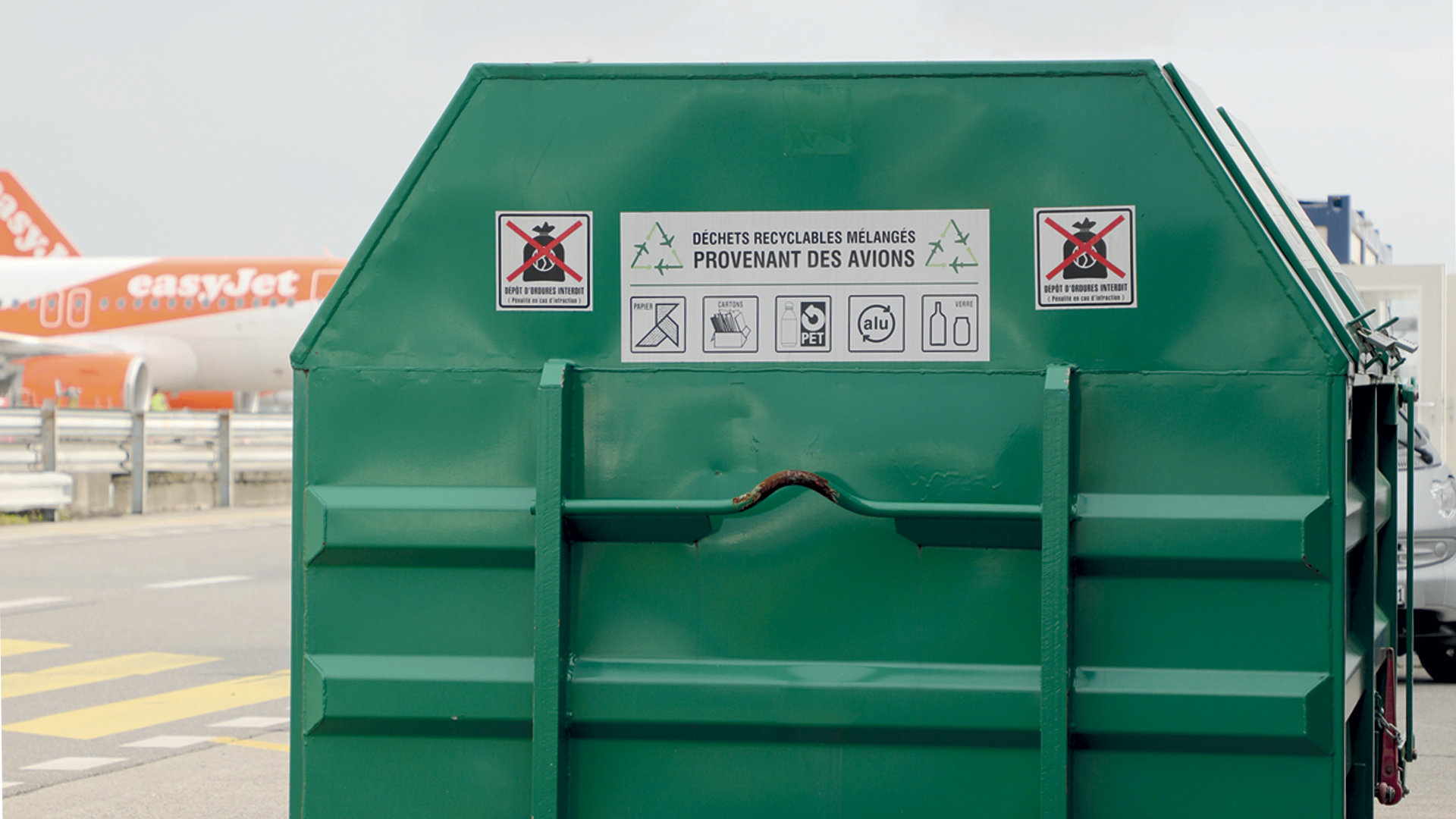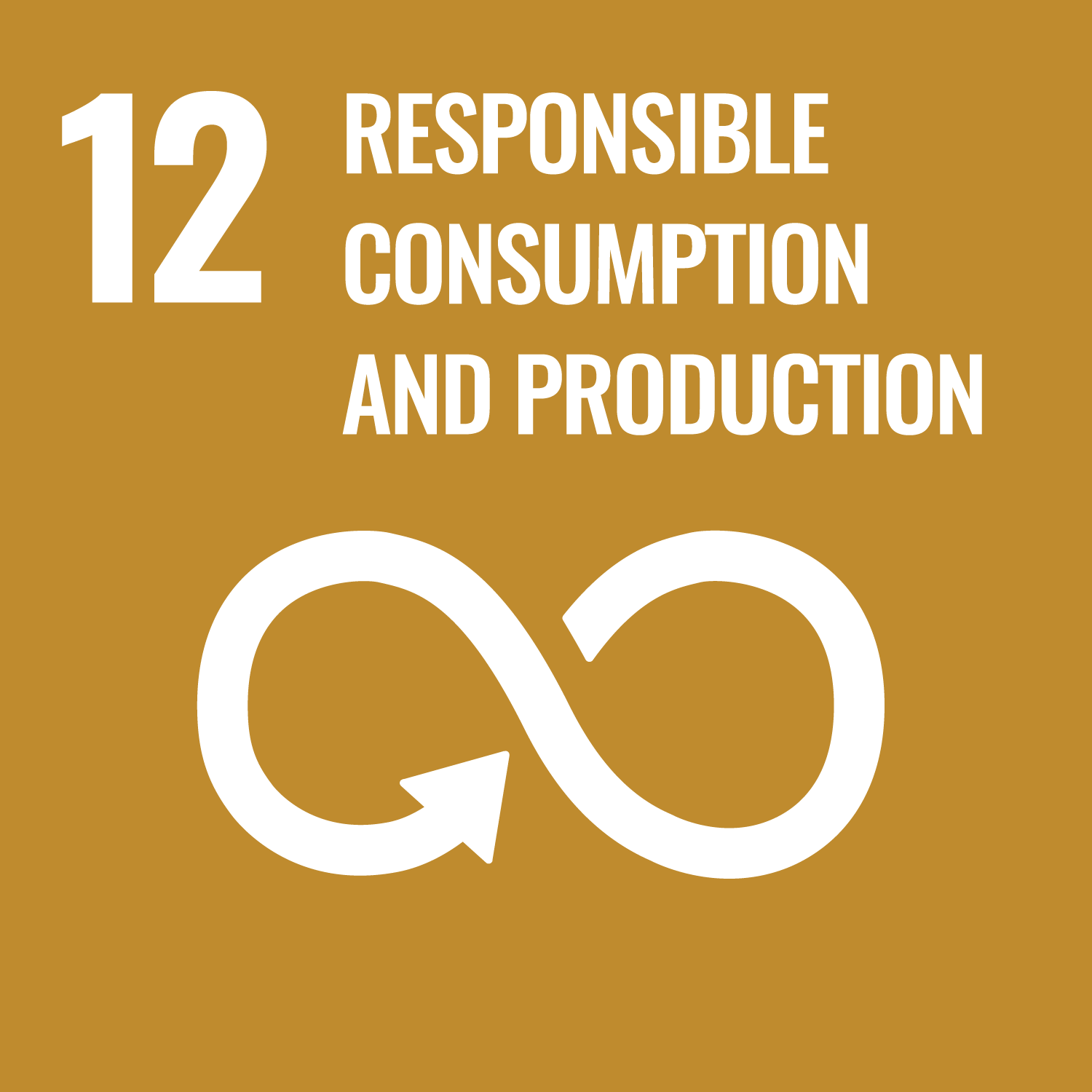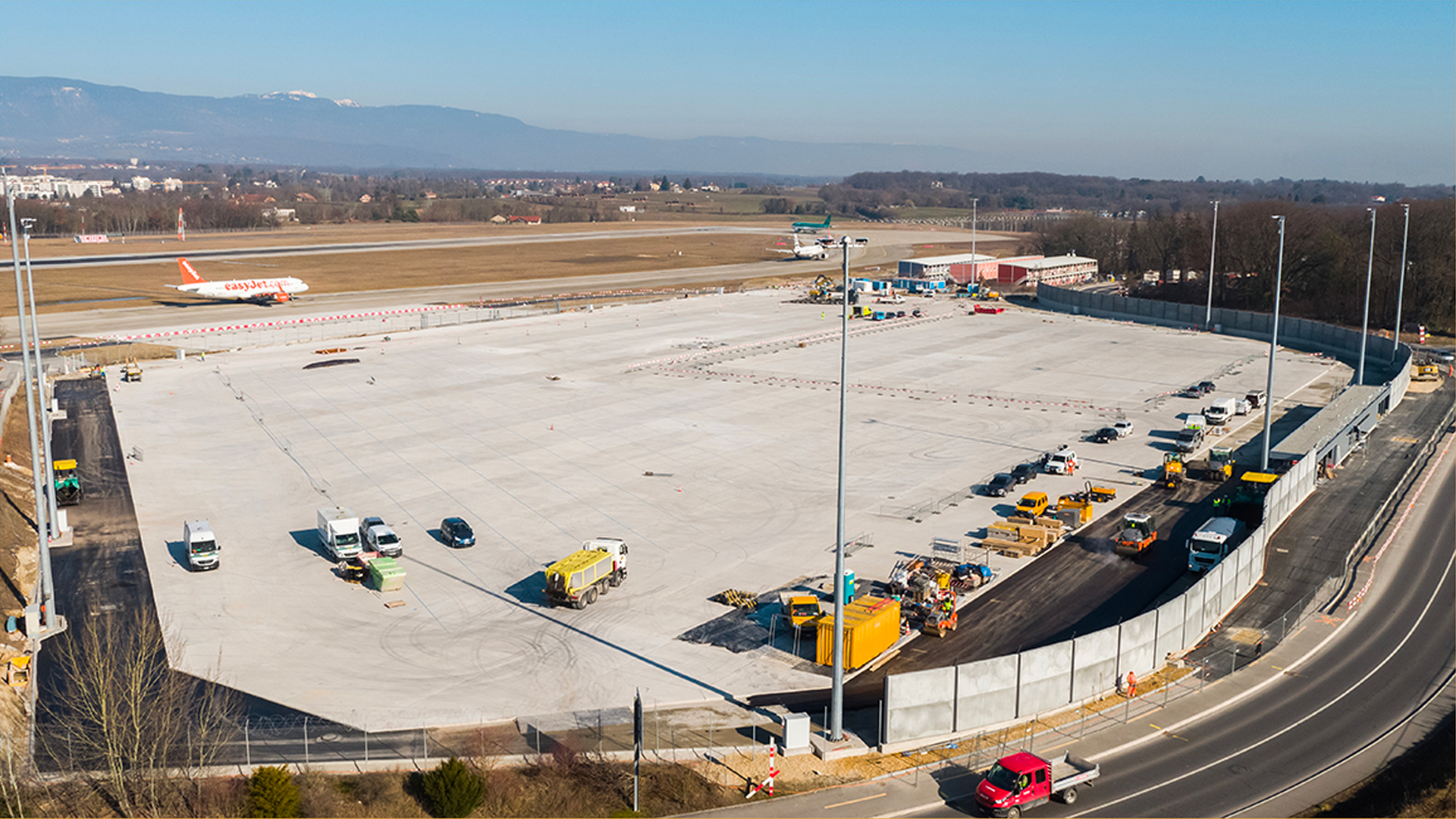 Chapter 1 - Environmental responsibilities
Chapter 1 - Environmental responsibilities

Chapter 1 - Environmental responsibilities

Thanks to the optimisation of its waste disposal facilities, Genève Aéroport's recycling rate exceeded 46% in 2019. The target is to reach 50% by 2020 as well as to reduce the amount of waste per passenger. To this end, a range of projects have been implemented, targeting visitors and employees as well as the construction areas at the airport site.
Rate of waste recycling managed by Genève Aéroport info
2017
44.3%
2018
44.3%
2019
46.2%
2020 Target
50%
Genève Aéroport manages a large part of the waste generated by the 200 companies active at the airport site. Set out below are descriptions of the methods being implemented aimed at reducing waste whilst improving recycling processes.
In 2019, 3,711 tonnes of waste passed through the seven waste disposal facilities scattered around the airport site, as well as the collection points, compared to the 3,900 tonnes in 2017, which represents 198 grammes of waste generated per unit of traffic (UT). Therefore, the 2020 target of 200 gr/UT was already achieved in 2019. Thanks to the optimisation of sorting infrastructure, the recycling rate increased to 46.2% in 2019. The target is to increase this to 50% by 2020 and to reduce the amount of waste per passenger as well as controlling waste management costs.
The overall improvement of Genève Aéroport’s recycling rate can be explained, in particular, by the campaigns for raising awareness of good practices with the companies active on the site, the existence of a tax on incinerable waste as well as improvements made to the sorting infrastructure. In the main terminal, between 2017 and 2019, the recycling rate increased from 52.7% to 53.2%. This trend can partially be explained by the renovation of waste disposal facilities and the longer presence on site of the collection point personnel.
In order to improve its recycling rate and contribute to the cantonal objective of reducing incinerated waste by 25% by 2024, in June 2019 Genève Aéroport launched a waste characterisation campaign for its bins. In practice, nearly 800 kg of waste was collected from various points around the airport and then analysed. The results showed that more than 50% of incinerable waste was potentially recyclable. The largest deposits were represented by organic waste (26%), paper/card (14%), then glass and PET bottles (3% and 2% respectively). This ‘x-ray’ will be the basis upon which the airport will build its new waste management plan. Ideas to explore have already been discussed, such as the substitution of plastic disposable dishes in the restaurants on site, for example.
In 2018, the airport was equipped with an internal control tool to monitor the waste generated and to establish performance by site. This is an application which makes it possible to better target the measures to be taken.
Reducing printed copies
Indeed, awareness-raising campaigns are also being implemented with respect to personnel. Since January 2020, employees have had to scan their badges on printers in order to be able to use the photocopiers. In addition, they receive monthly printing reports. Between 2018 and 2019, the amount of paper used for printing decreased by 7%. This is a trend which is expected to increase further in the future.
Returnable tableware for employees
Measures have been taken to encourage employees to stop using single-use plastic tableware. They have the opportunity to use returnable plates for takeaway meals at the two company restaurants on the airport site. In these, cardboard cups are no longer being offered, in the interest similarly of reducing waste.
Recycling and reducing waste
Paper prints
- 7%
Recycling rate in the main terminal
53.2%
Grammes of waste produced per unit of traffic* (excluding construction waste)
198

More sustainable building sites
Every building site at the airport is subject to detailed environmental monitoring. The Objective is to ensure, in particular, the protection of soil, air and water, whilst limiting the production of waste. Illustration with the repair work to the P48 aircraft parking. Interview with Michaël Guidon, project manager and civil engineer, and Sophie Meisser, environmental manager.
- What was the work for?
- Michaël Guidon: This building project, begun in June 2018, had the objective of repairing the surface, which had deteriorated over time due to the weight of aircraft as well as the weather.
- Why, in this case, can we consider it a sustainable building site?
- Michaël Guidon: Part of the bitumen and gravel was crushed and returned to the same location. Another quantity was used, among other things, to rebuild the airport's service route. 6,000 m3 of materials were upgraded in situ. Moreover, recycled concrete was used on the site to coat the underground pipes.
- Was biodiversity considered in this project?
- Sophie Meisser: All of the soil cleared during the work, i.e. 1,200m3, was reused in the project or elsewhere on the airport site. It should be noted that the airport area is the largest « priority flora site » in the Canton of Geneva thanks to the many rare species growing in its meadows. Seeds of rare plants were set aside for conservation. Some 40 wild orchids were replanted in a dedicated area of the airport.
